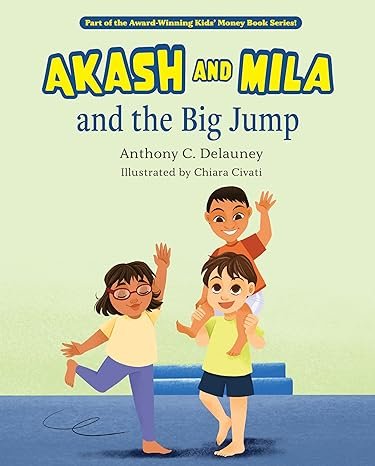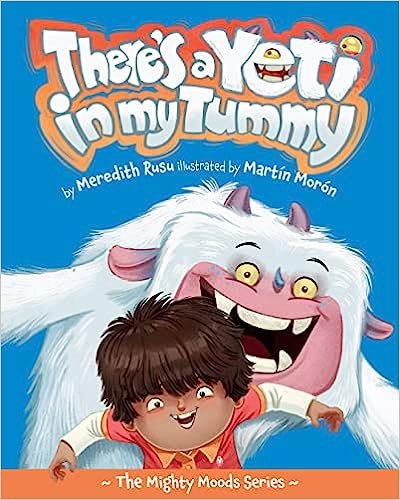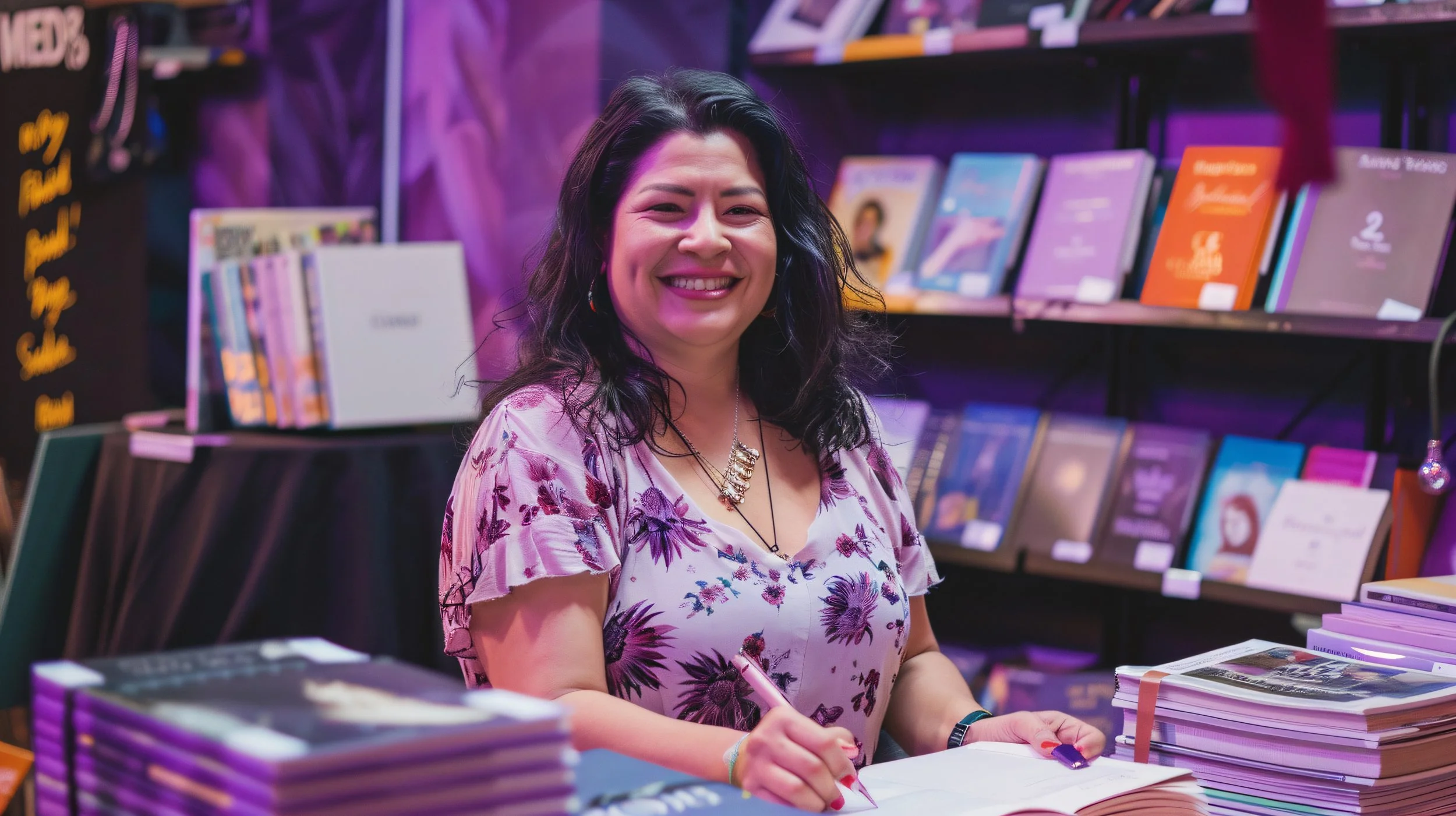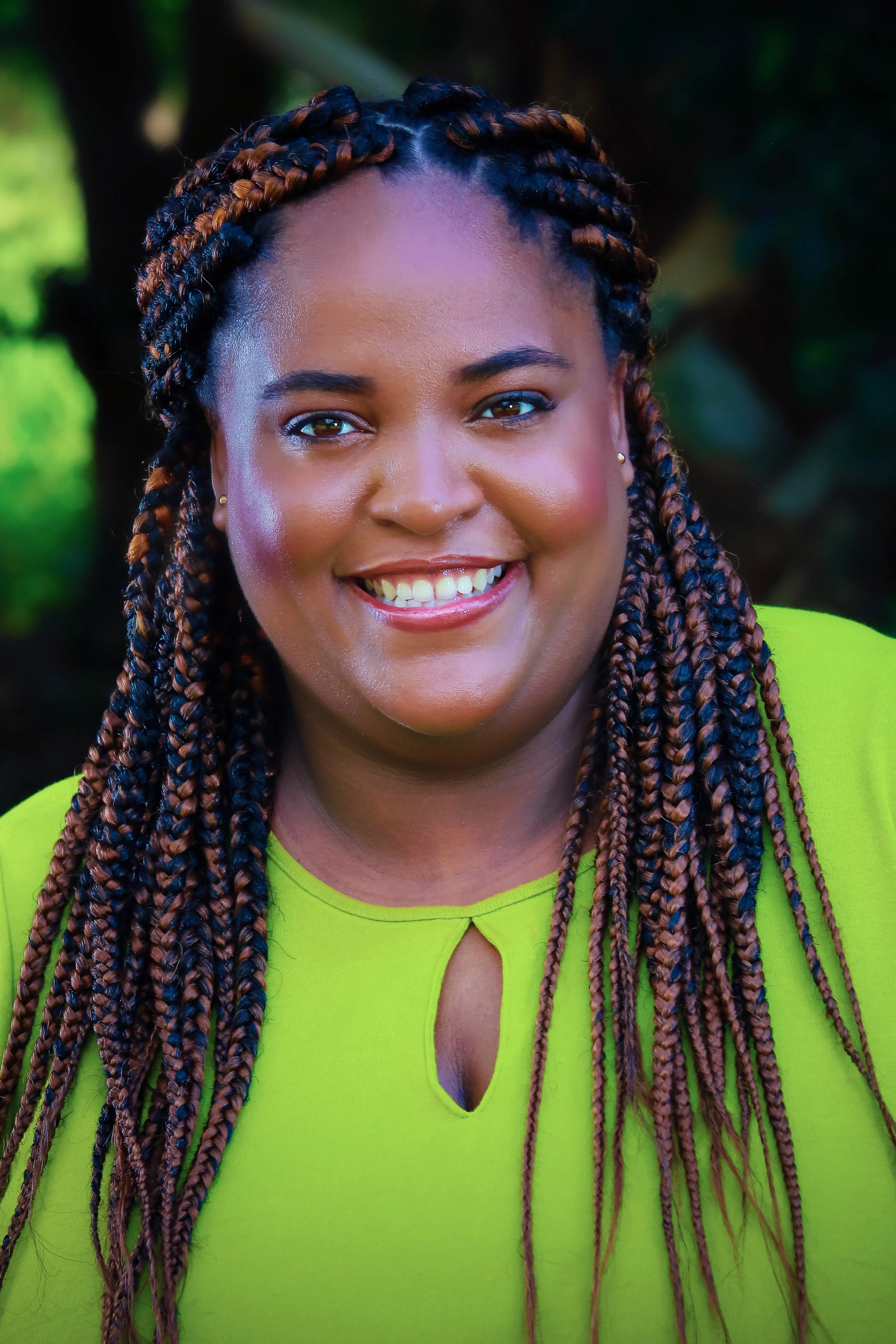Review: Saving Tarboo Creek by Scott Freeman
/Tarboo Creek has a rich history when it comes to salmon spawning. Located in the western segment of Puget Sound, its waters were once boisterous with spawning salmon. By the time Scott Freeman and his wife, Susan Leopold, both multi-generational preservationists, purchased a tract of land surrounding it, it had long since been channelized into a drainage ditch with a series of culverts that blocked salmon activity mid-stream. They joined with the Northwest Watershed Institute to revive the waters of Tarboo Creek to once again provide a home and nesting ground for salmon. Part science project and part ecological narrative, Saving Tarboo Creek: One Family’s Quest to Heal the Land tells their story and vies for humankind’s ethical responsibility to nature. Though dotted with endearing hand-drawn nature sketches, this is more than a feel-good environmental story. It’s clear that Freeman has done his homework as he namedrops from the vast community of Washington’s Olympic Peninsula; Lichens, Caddis Fly, Bushtits, Bracket Fungi, Sitka Spruce and of course, the Coho salmon to which the book and Freeman’s efforts are dedicated. Perhaps these species are mentioned not to show Freeman’s extensive knowledge, but because they are constantly mingling; living with and around and off of each other. They affect one another, rely on one another and as Freeman points out, none is more reliant or holds more power to affect, whether positively or negatively, this environment than we humans.
For the layperson, it can be difficult at times to navigate the hydrocarbons, photo synthesizers and carotenoids of his world. More than once I was reintroduced to words I hadn’t seen since a college ecology course, but it’s worth the effort; there is much to be learned here. However, if you are expecting a start to finish description of the stream restoration project, look elsewhere. Freeman’s story is a non-linear one and oftentimes, not even his own. He jumps from the life and times of his father-in-law (himself a preservationist), to the endangered mammals of 19th century American Northwest and back to the contemporary tropics of Borneo without batting an eye. The book is more informative than it is narrative and can be likened to reading the transcription of a Ted Talk. With the wrong expectations, it can seem roundabout and even as if Freeman is airing old grievances as he diverges from the salmon and their surroundings and begins to target an array of growing issues. In the end, Saving Tarboo Creek is a call to stewardship and every page is employed to ring that bell. It isn’t about one salmon creek or one family’s efforts. It’s a call to the collective. It’s about all of nature and all of humankind and the domestically violent relationship we have fostered for too long. It’s about change, and if you ask me —it’s about time.
Buy on Amazon | Barnes and Noble















































